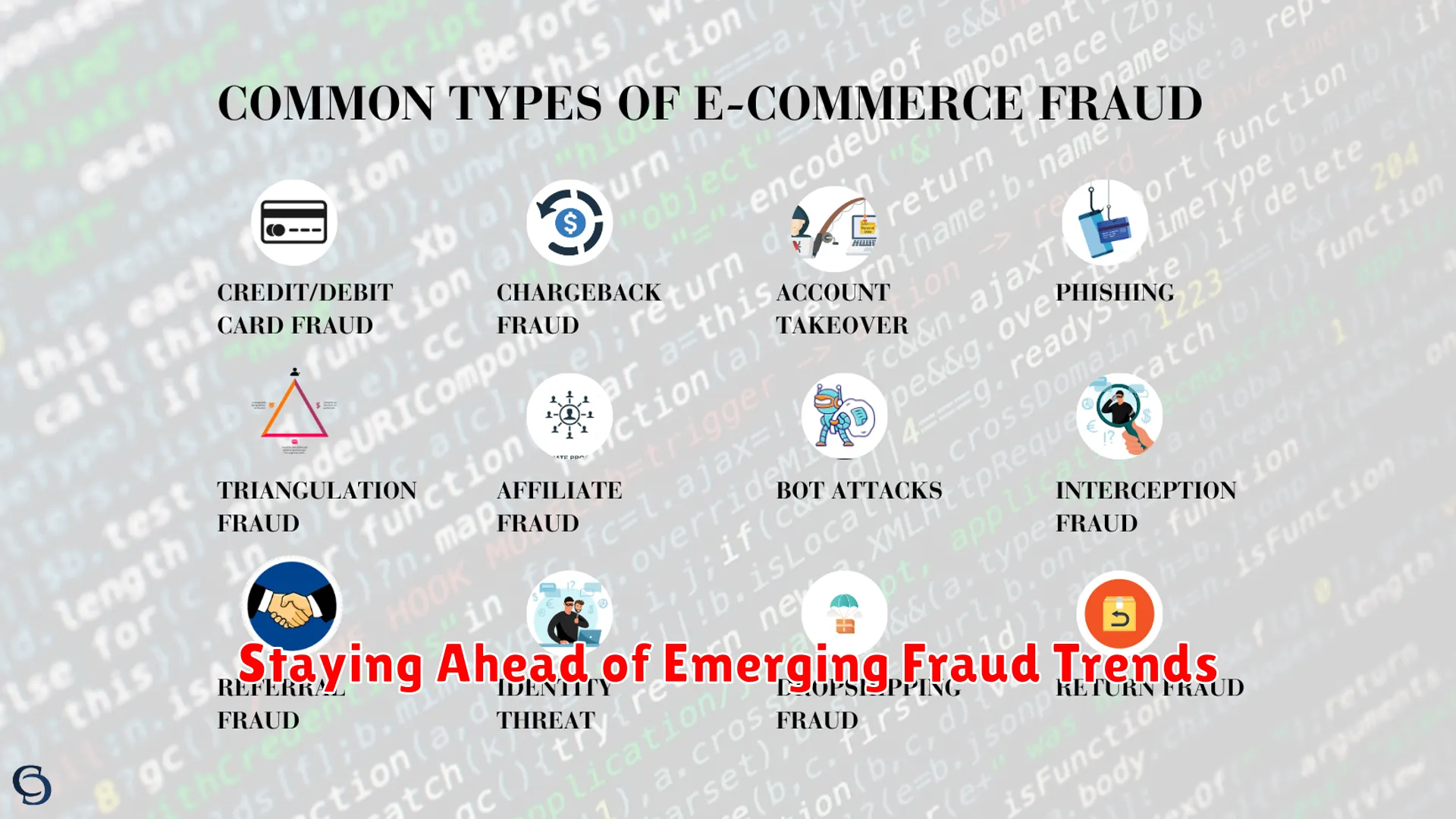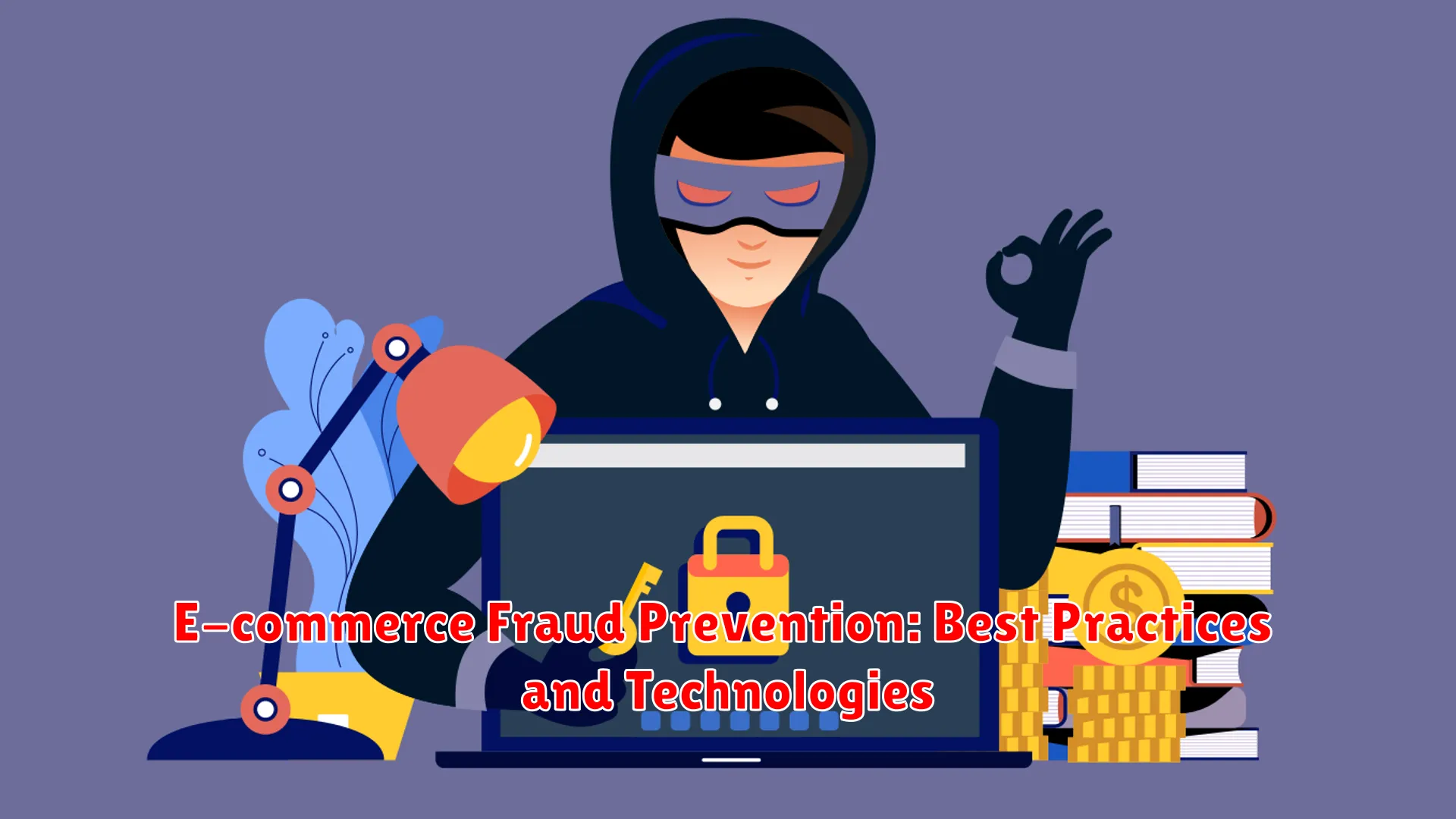Discover the latest strategies and cutting-edge technologies to prevent e-commerce fraud effectively. Learn how businesses can safeguard their online transactions in our comprehensive guide on E-commerce Fraud Prevention.
Understanding Types of E-commerce Fraud

In the realm of e-commerce, fraud is a pressing concern for both businesses and consumers. Understanding the various types of e-commerce fraud is crucial for implementing effective prevention strategies. Here are some common types of e-commerce fraud:
1. Payment Fraud
Payment fraud occurs when fraudulent transactions are made using stolen credit card information. This type of fraud often involves unauthorized purchases and can result in significant financial losses for businesses.
2. Account Takeover
Account takeover fraud happens when a fraudster gains unauthorized access to a user’s account by stealing login credentials. Once in control, the fraudster can make purchases or steal sensitive information.
3. Phishing and Spoofing
Phishing and spoofing involve deceptive tactics to trick users into providing personal or financial information. Fraudsters may create fake websites or emails that appear legitimate to deceive unsuspecting victims.
4. Friendly Fraud
Friendly fraud occurs when a customer makes a purchase online and then falsely claims they never received the goods or services, leading to chargebacks for the merchant.
By understanding these types of e-commerce fraud, businesses can take proactive measures to protect themselves and their customers. Implementing robust fraud prevention technologies and best practices is essential in combating the evolving landscape of online fraud.
Implementing Fraud Detection Systems

In the realm of E-commerce fraud prevention, implementing Fraud Detection Systems is crucial to safeguard businesses and customers from fraudulent activities. These systems utilize advanced technologies and algorithms to detect and prevent fraudulent transactions effectively.
One best practice in implementing fraud detection systems is to constantly update and evolve the system to keep up with the changing tactics of fraudsters. Regular software updates and algorithm refinements are essential to enhance the system’s accuracy and efficiency in identifying potential fraud cases.
It is important to establish real-time monitoring through these systems. By monitoring transactions, user behavior, and other relevant data in real-time, suspicious activities can be flagged immediately, allowing for timely action to be taken to prevent fraudulent transactions.
Integration with machine learning and AI technologies can significantly improve the effectiveness of fraud detection systems. These technologies enable the system to analyze large volumes of data rapidly, identify patterns, and adapt to new fraudulent tactics more effectively.
Collaborating with fraud prevention experts and utilizing industry best practices can enhance the capabilities of fraud detection systems. These experts can provide insights into the latest fraud trends and strategies to optimize the system’s detection capabilities.
Best Practices for Preventing Fraud

When it comes to combating e-commerce fraud, implementing best practices is essential to protect your business and customers. Here are some key strategies:
1. Use Multifactor Authentication:
Require customers to go through an additional authentication step beyond just entering a password. This can include SMS verification codes, biometric authentication, or security questions.
2. Monitor Transactions and Track Suspicious Activity:
Regularly review transactions for any unusual patterns or red flags. Set up alerts for large or unusual transactions that may indicate fraudulent activity.
3. Secure Payment Gateways:
Choose reputable payment gateways with robust security measures in place. Ensure all transactions are encrypted and processed securely to prevent data breaches.
4. Educate Your Team and Customers:
Train your employees to recognize potential signs of fraud and how to respond appropriately. Educate your customers on safe online shopping practices and how to protect their personal information.
5. Regularly Update Security Software:
Keep your e-commerce platform and security software up to date with the latest patches and upgrades. This helps to close any potential vulnerabilities that fraudsters may exploit.
6. Implement Address Verification Systems (AVS):
Require customers to provide their billing address and verify it with the address on file with their credit card company. This can help flag suspicious transactions where the billing address doesn’t match.
7. Conduct Regular Audits and Risk Assessments:
Periodically assess your e-commerce processes and systems for weaknesses or gaps that fraudsters could exploit. Conducting audits can help identify areas for improvement.
The Role of Customer Verification

Customer verification plays a crucial role in the prevention of e-commerce fraud. By confirming the identities of individuals making purchases online, businesses can enhance security measures and protect themselves from fraudulent activities. There are several ways in which customer verification contributes to a safer online shopping environment:
- Identity Verification: Verifying the identity of customers helps ensure that the person making a purchase is who they claim to be. This can be done through methods such as email verification, phone number verification, or verification of government-issued IDs.
- Address Verification: Checking the accuracy of customer-provided addresses can help prevent fraud, especially in cases of shipping goods to different locations. Address verification services can confirm the validity of the address provided by the customer.
- Payment Verification: Verifying payment information, such as credit card details or account credentials, can help authenticate transactions and prevent unauthorized purchases. Utilizing secure payment gateways and fraud detection tools can aid in verifying payment details.
- Behavioral Analysis: Monitoring customer behavior patterns and flagging any suspicious activities can help in verifying the legitimacy of transactions. Analyzing factors like transaction frequency, spending habits, and device location can help identify potential fraud.
Overall, customer verification serves as a critical component of e-commerce fraud prevention strategies. By implementing robust verification processes, businesses can reduce the risk of fraudulent activities and cultivate a sense of trust among their online customers.
Staying Ahead of Emerging Fraud Trends

As the world of e-commerce continues to expand, so do the tactics used by fraudsters to exploit vulnerabilities in online transactions. To effectively combat this ever-evolving threat landscape, staying ahead of emerging fraud trends is crucial for e-commerce businesses.
Continuous Monitoring and Analysis
Continuous monitoring and analysis of transaction data can help identify patterns and anomalies that may indicate fraudulent activity. Implementing advanced fraud detection tools that utilize machine learning algorithms can enhance the ability to detect new and sophisticated fraud schemes.
Adapting to New Fraud Schemes
Remaining proactive in adapting to new fraud schemes is essential. Fraudsters are constantly innovating, so e-commerce businesses must be agile in adjusting their fraud prevention strategies to address emerging threats effectively.
Collaboration and Information Sharing
Building partnerships with other e-commerce players and industry organizations can strengthen efforts in combating fraud. Collaboration and information sharing enable businesses to stay informed about the latest fraud trends and prevention techniques.
Investing in Robust Security Technologies
Investing in robust security technologies such as tokenization, encryption, and multi-factor authentication adds layers of protection to online transactions. Implementing these technologies can help thwart fraud attempts and safeguard customer data.
Regular Training and Awareness Programs
Regular training for employees on fraud prevention best practices and awareness programs for customers on safe online shopping habits are essential components of a comprehensive fraud prevention strategy. Education and awareness play a vital role in mitigating the risks of e-commerce fraud.
Conclusion
Implementing robust fraud prevention measures and advanced technologies is essential for safeguarding E-commerce transactions.

